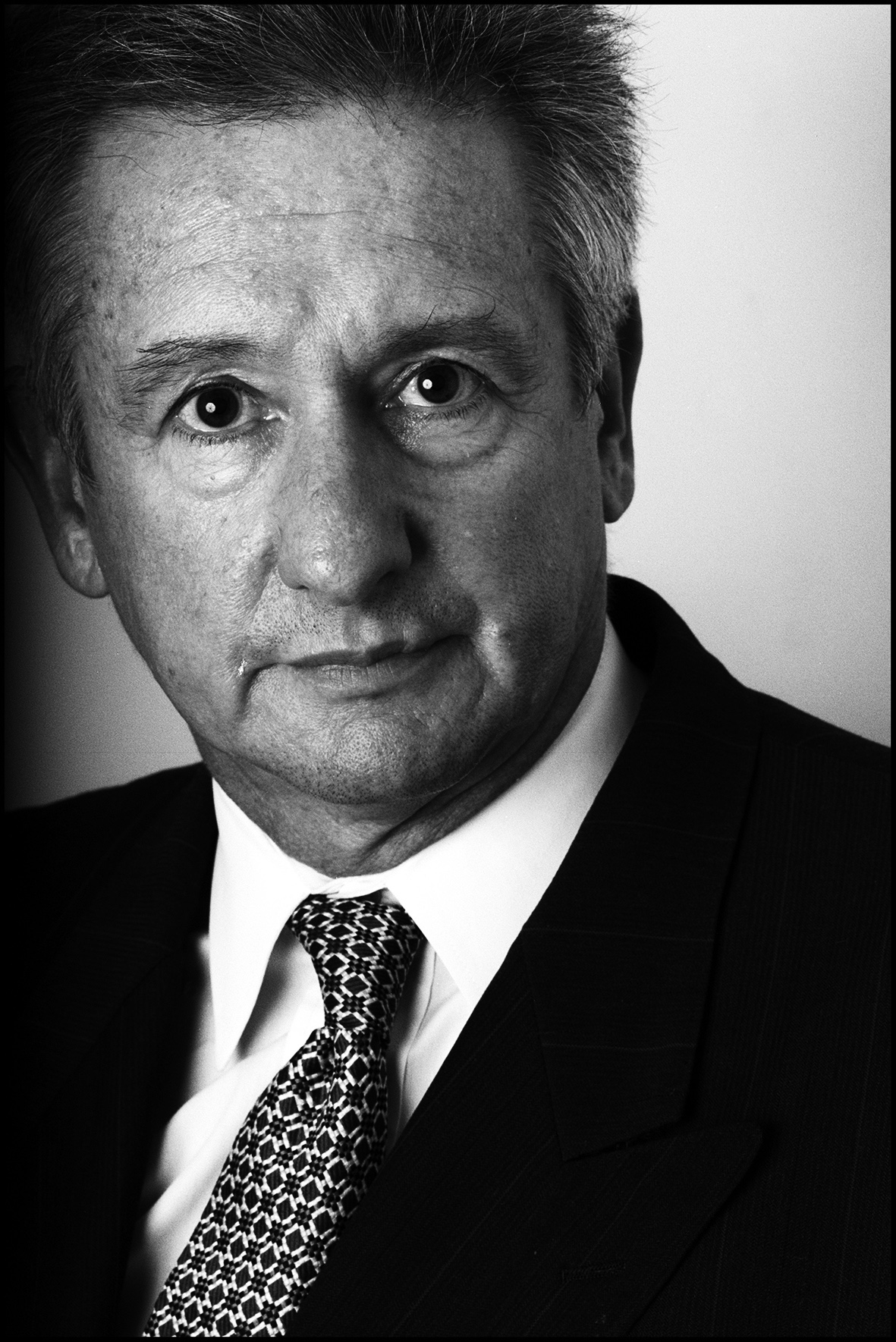DATA NEWS We love data!
QE – mission accomplished
Just when we had adjusted to the term Quantitative Easing . . . it’s over. The decision by the US Federal Reserve to basically stop printing money to underpin the US economic recovery came on Thursday morning.
And guess what? After nearly a year of hysterical gyrations on Wall Street about what would happen when the authorities turned off the money tap – most of which ended up in the share market – Wall Street actually went up, a lot or 1.3 per cent.
What the Fed was simply saying was that economy post GFC is getting back on its feet and doesn’t need any more stimulus to keep the recovery going. What it was also saying was that it didn’t see higher interest rates appearing in the short-term.
It didn’t hurt that the announcement came amid some good profit reports hitting the market, but what it really related to was a more positive Fed outlook on labour market conditions. A stronger job market points to more spending, higher profits, better economic growth – and possibly an even higher stock market.
Overall it’s good news for the global economy, though a stronger US means a higher greenback putting pressure on the rest of the world’s purchasing power. Similarly it will eventually lead to higher US interest rates, which will also impact all other markets.
The debate now rages on whether QE actually worked and whether the immense US economy would have recovered without such a large and expensive stimulus. The only observation here is that it gave the US economy time and confidence to get off the mat and stating fighting again.
Back home CommSec expects the Aussie dollar to hold broadly between US85-90c over the next year. “We expect the Reserve Bank to leave interest rates unchanged until August 2015 on the basis that inflation remains well contained.” On the market “the ASX 200 is expected to be around 5900-6000 points in mid-2015 and 6100-6200 points by end-2015.”
The ASX 200 broke back through 5500 on the strength of Wall Street’s surge.

